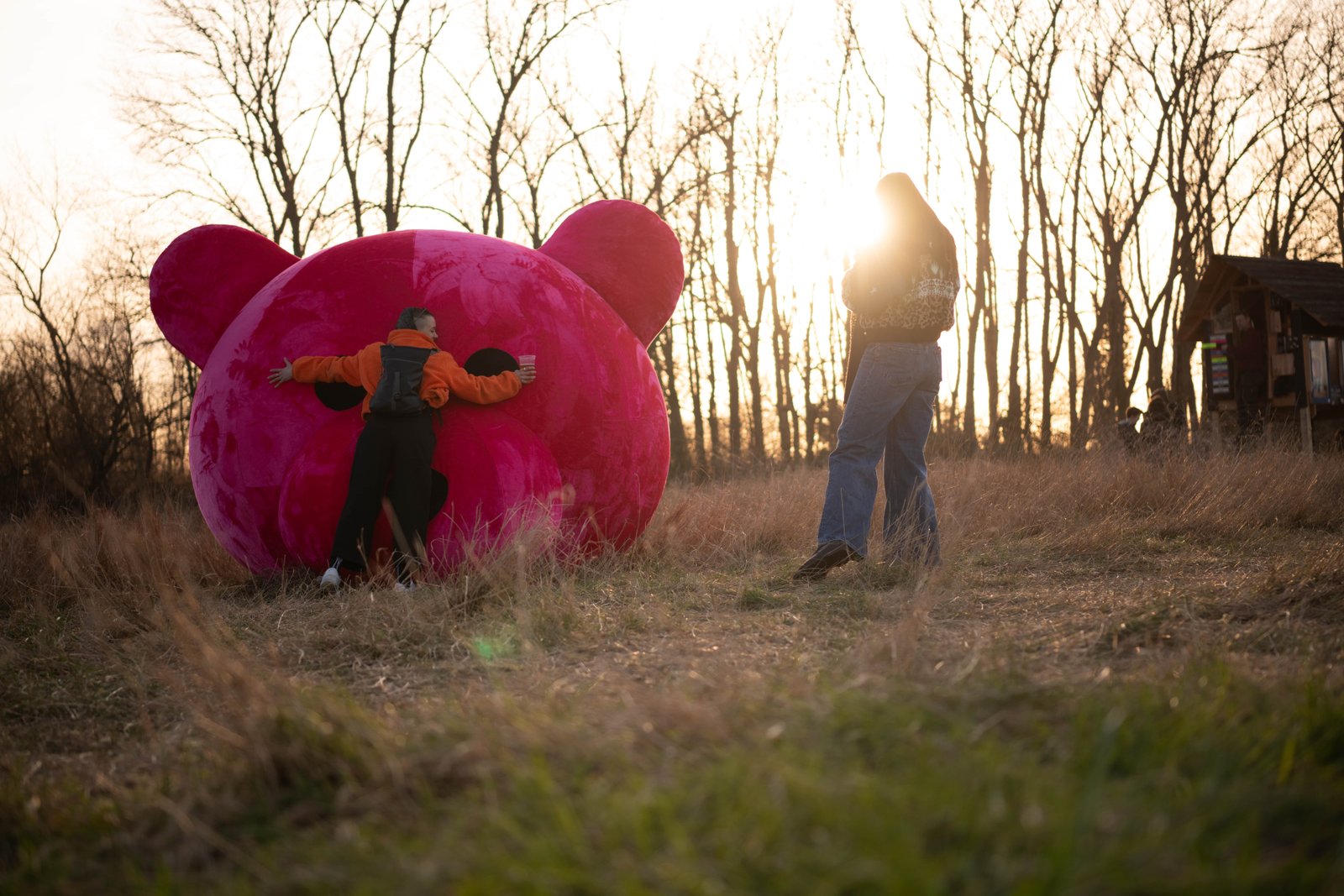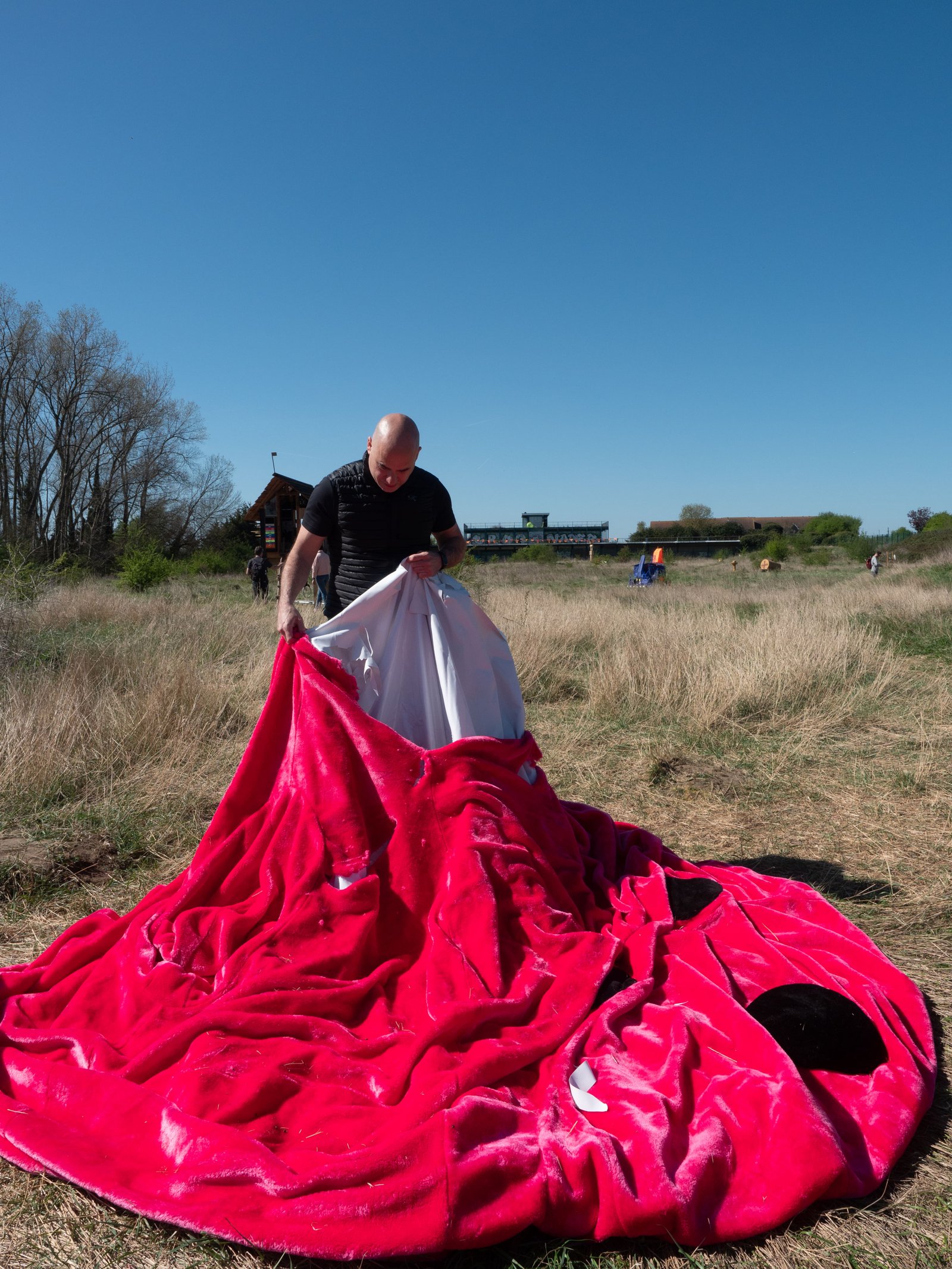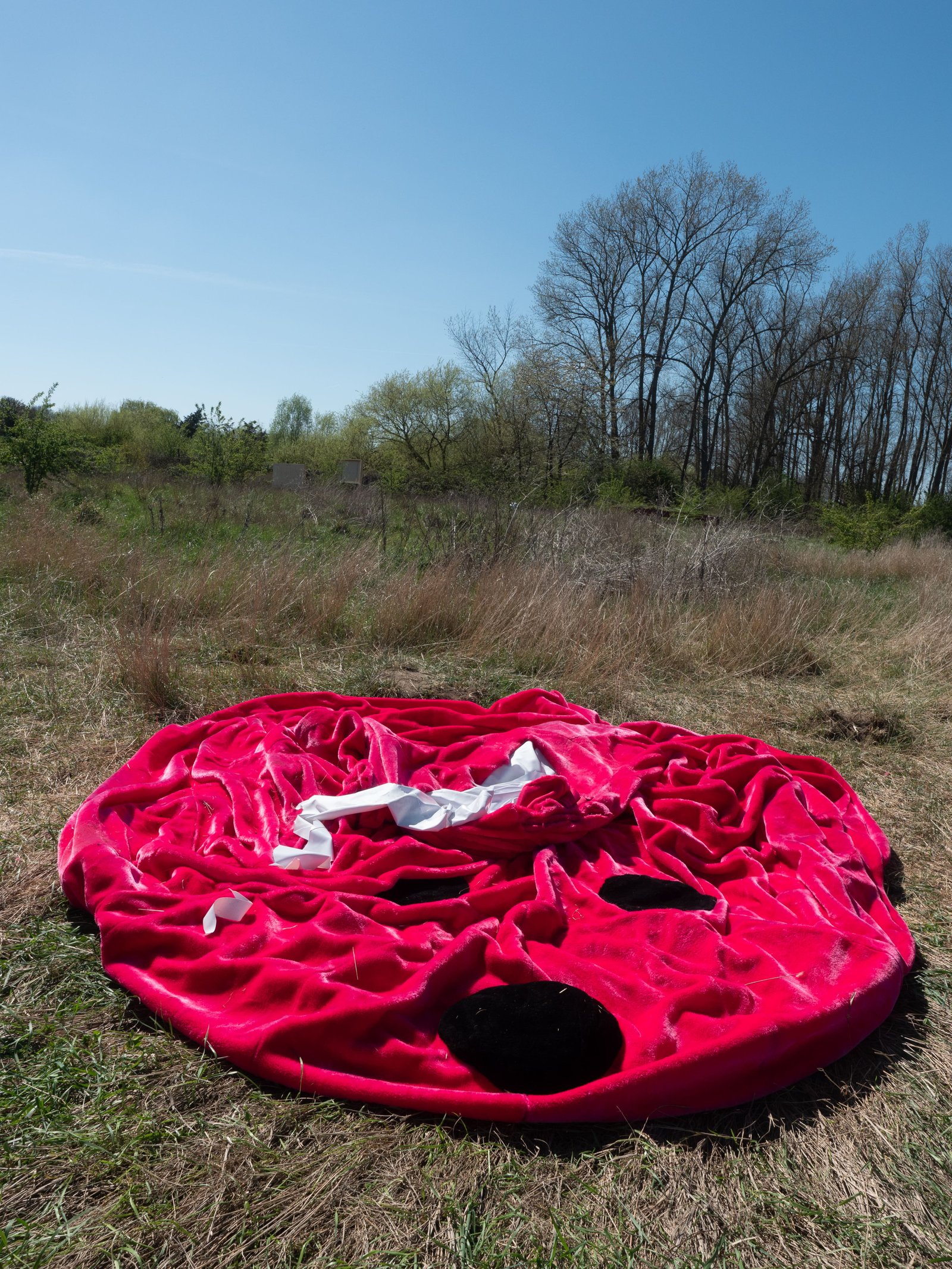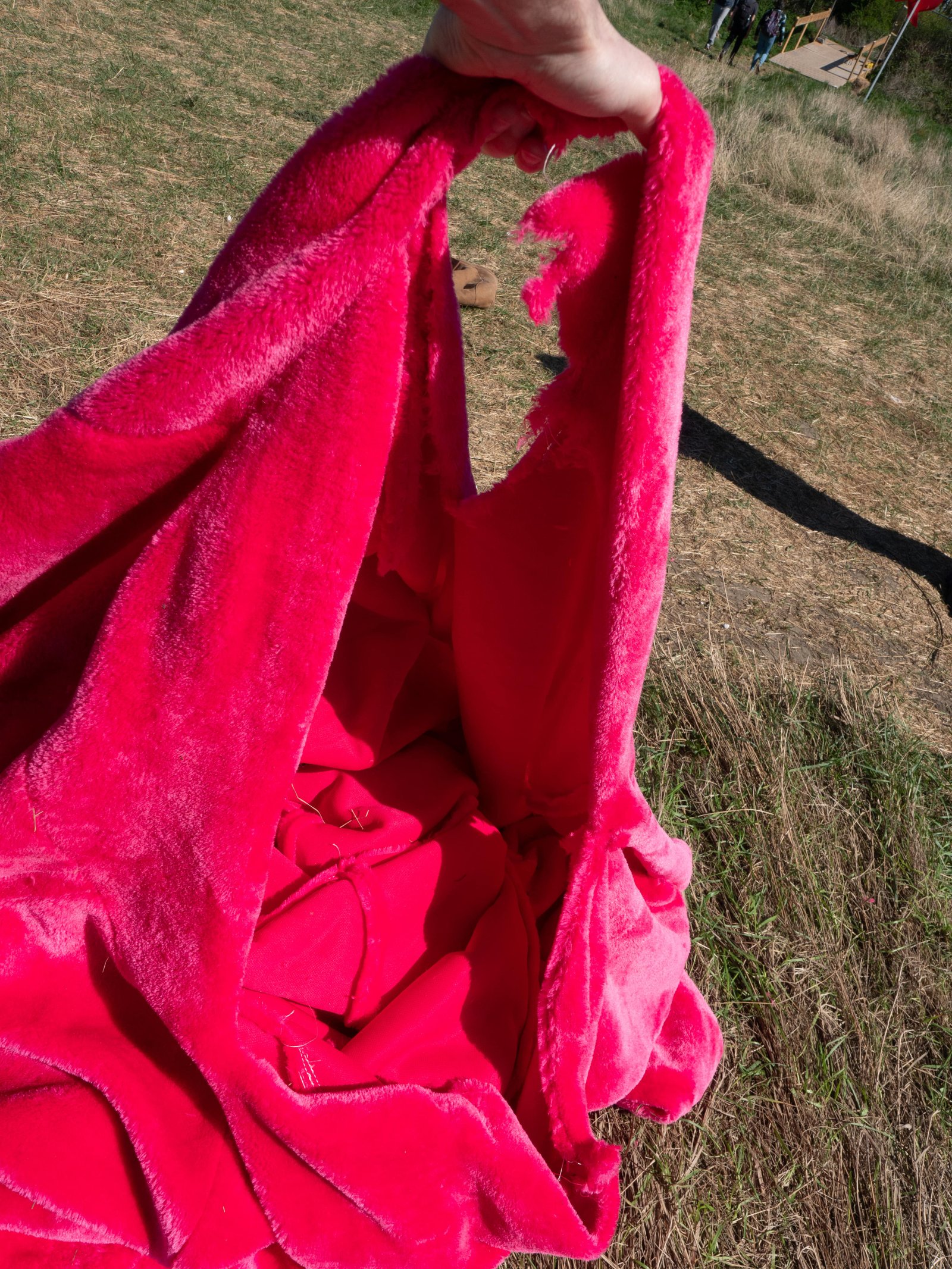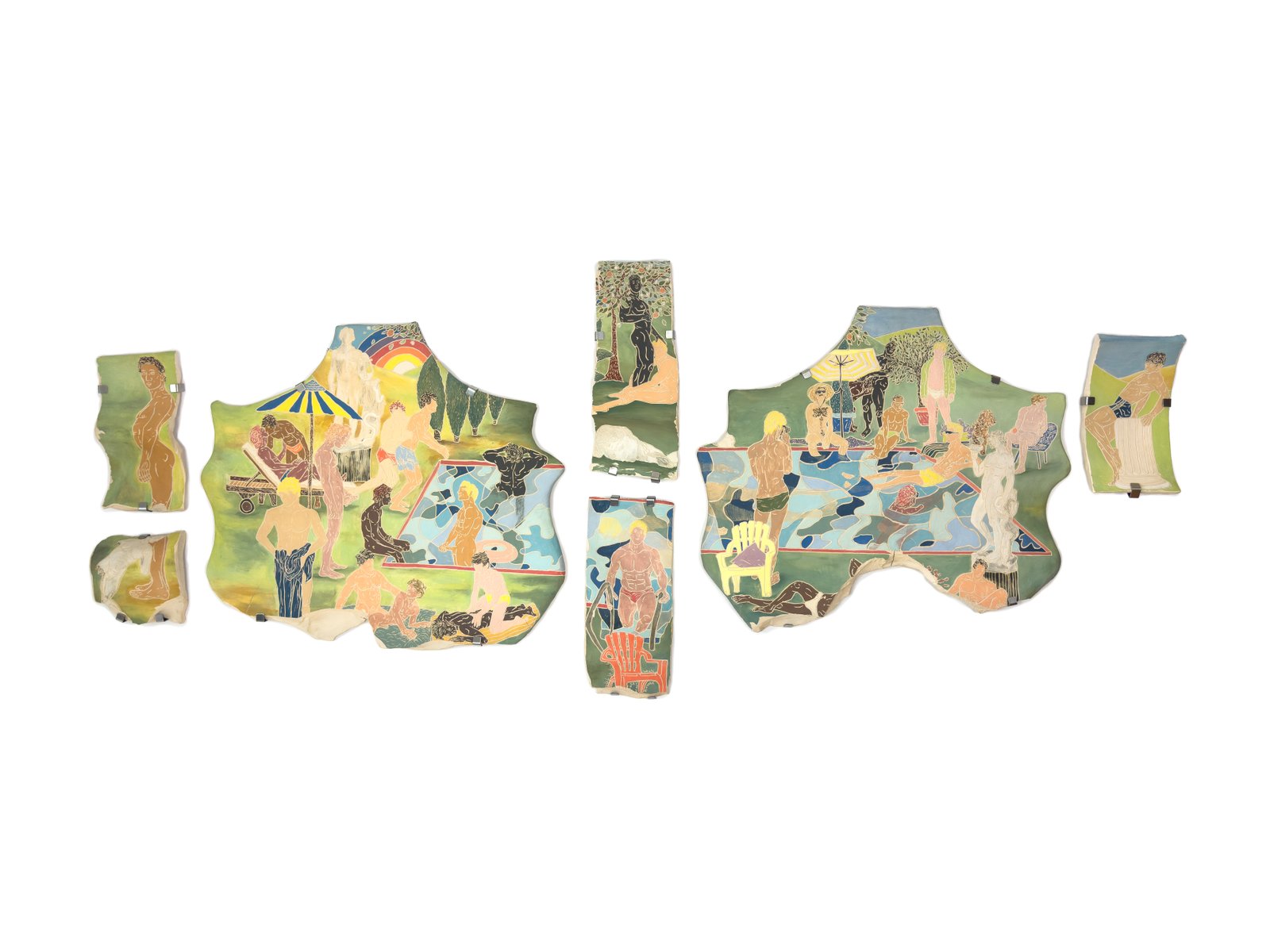
What Happens When Art Is Destroyed?
Four artists share their personal stories of artworks lost, damaged, or destroyed – through human error, violent acts, and necessary creative self-destruction.
Artists dedicate their lives to creating, but what happens when these creations are destroyed? Shipping mishandlings, error judgments, and devastating moments of studio clumsiness leading to work being disfigured, ruined altogether, or simply disappearing is par for the course; a rite of passage that it seems all artists have to undergo at some point in their careers. So what comes next? What positives can be clawed back when an artwork is damaged beyond repair? Who pays the price for bureaucratic slip ups? I spoke to four London-based artists about their experiences with destruction to find out.
Arizona Smith is a multimedia visual artist, and the preposterousness of the scenario which saw a pile of her recently sold paper works destroyed was enough to leave her laughing, rather than crying. “I had just moved into a new flat and I had the sold artworks in one pile ready to send. I left the window to the roof open so the cat could go out if he needed to use his litter tray like normal when I went to work.” I think you see where this is going… “When I came back the window had closed in the wind and my cat had used my pile of sold paintings as his litter tray - nearly all were covered in cat piss!” Smith told me. “I managed to salvage some, and somehow I found the whole thing more funny than devastating - it all felt very slapstick.” Smith let the collectors know about the damage, and either refunded their purchase or created new commissions.
However, Aysha Nagieva’s reaction to discovering that her work was never going to reach its collector was less happy-go-lucky. Nagieva’s work is dominated by depictions of the Eastern European Nevalyashka dolls of her childhood, but a duo of errors – both the fault of her gallery representation at the time – meant that two of these paintings were never received by their collectors. “The first time around, I was shipping a painting rolled (off the stretcher) because I was working with an online gallery just after COVID. They were insisting on the artists shipping works to the collectors only rolled up as it was the cheapest option” Nagieva tells me. “I was unsure of this (as it's not the most secure way to ship) and decided to hire a packing company that assured me they would ship my painting rolled up safely. By the time the piece got to the collector, it was all creased and was sent back to me to repair.” This initial damage, sadly, wasn’t the ultimate blow: “Once I've done the necessary repairs and sent it to the buyer, the painting got lost in transit and the collector received an empty tube, which still baffles me.” Later, when a painting sold at an exhibition in Belgium, and despite Nagieva’s insistence that they send the painting in a crate (to avoid a repeat of the earlier transit disaster) and even providing the reusable crate herself, “they decided to take it off the stretcher… in the process of taking it off the stretcher, the painting got ripped.” In both instances, customers and gallerists began dolling out blame, which in the first case meant Nagieva had to return her artist's share of the sale to the gallery to cover the loss. “The gallery I was working at the time was pretty dodgy and I was young and naive. I believe the gallery should cover the insurance cost fully so if a piece goes missing or ends up being destroyed, the artist doesn't have to bear the financial consequences of that.” Disappointingly, the reaction of the second gallery was no less slippery: “I presume that the gallerist was worried about telling the collector that had purchased the piece [that the painting was unsalvageable] as he didn't want to return the money. The gallerist then proceeded to beg me to make an exact copy of the damaged painting and quickly send it to him so he wouldn't have to break the news to the buyer.” She refused to do so.
Despite the lack of any presumed malicious intent behind the incompetent handling and shipping of work leading to damage, these incidents undoubtedly still feel violating to the artist. How much worse must it be, then, when your art is purposefully, and violently attacked? LUAP is a London-based multidisciplinary artist, internationally renowned for his Pink Bear, a character which features across his sculptures, paintings, and public murals. This year, he installed a huge four-metre-tall inflatable Pink Bear head in a rewilded golf course as part of a free public exhibition. LUAP had created the inflatable to “start conversations about mental health and emotional resilience”, with the artist working directly with the mental health charity Mind during its creation and speaking with groups of people suffering with their mental health – “their voices helped shape that sculpture”.
“Then someone brought a knife to it.”
The inflatable was slashed multiple times, totally unrepairable, “it felt like someone had attacked the values it stood for – softness, care, openness … the bear represented vulnerability in public.” LUAP recalls the gallery suggesting he stuff the bear with straw to fix it, but “it felt dismissive – like patching it up would erase what had happened. So I left it where it was. Deflated. A flat shape on the ground. That felt like a more honest statement.” The artist made plans to collect the remains of the installation that weekend, in case repairs could be made, but when he returned to the site, the remains had been set on fire, leaving only a few pieces of melted pink fabric behind. “Other nearby works were scorched, but the bear [which was the exhibition’s focal point] was clearly the target. Again, I can’t prove it — but it felt deliberate. I didn’t feel supported. The gallery gave me a police incident number and little else. I was left to carry the emotional and financial cost alone.”
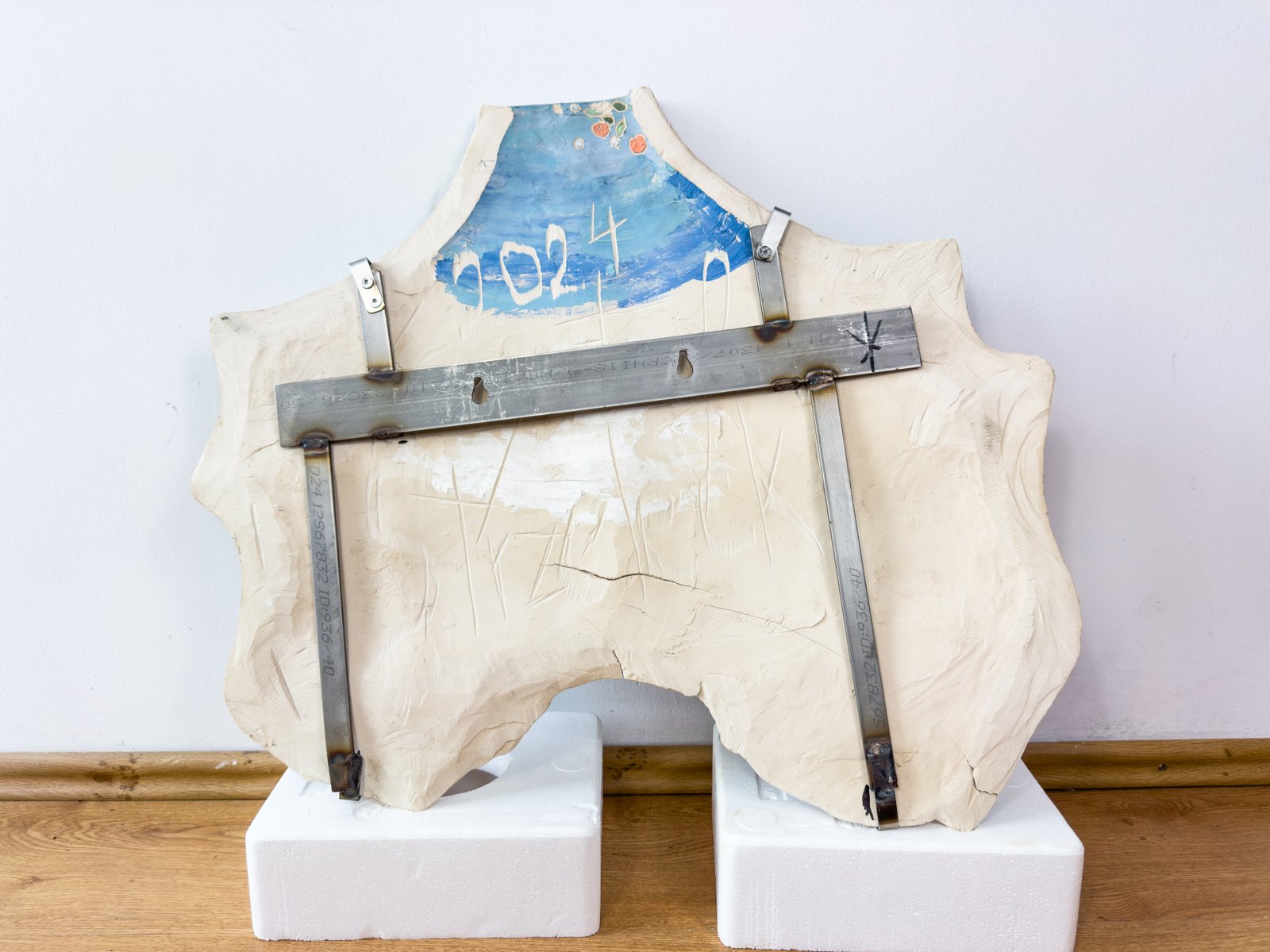 Deconstruction, Krzysztof Strzelecki, Cruising Fantasies
Deconstruction, Krzysztof Strzelecki, Cruising Fantasies
Krzysztof Strzelecki’s, an artist who works in ceramics and painted sculptural objects, with a focus on queer history, stories of destruction sit at the other end of the spectrum, because he finds himself regularly having to demolish his work himself. “I try not to destroy anything unless it’s truly unfixable or unless it’s lived with me for a while and still doesn’t feel right” he tells me. “Often, I make tests or pieces I think will be strong, but after firing, something is missing. Maybe the story doesn’t land, or the glaze came out wrong, or the emotional connection just isn’t there. When that happens, I don’t rush the decision. I take the piece home, live with it, sit with it in a different context. If I still don’t like it after some time, then it’s time to say goodbye.” These destructions aren’t born out of frustration, but out of the high standards he holds for his practice: “I want to be proud of everything that leaves my studio. I have to love it. If it doesn’t pass that test, then destruction becomes necessary. In a way, it’s a form of editing the most physical kind. Clearing space to make room for better work, stronger decisions, and a more honest practice.” This savage process of editing his work doesn’t come easy, though, “the first hit of the hammer is always the hardest. There’s fear, a sense of hesitation, even insecurity” Strzelecki shares. “But then comes the release. Emotionally, it feels like freedom. Sometimes, even excitement. When I choose to destroy a piece, I take full responsibility. That decision comes from instinct, experience, and a clear sense that the work isn’t good enough, that it doesn’t hold what I want it to. There’s a kind of clarity in that.” This post-destruction clarity does not emerge, however, when Strzelecki’s works are damaged during the firing process. “When something explodes in the kiln, it’s a very different feeling. It’s a mix of frustration, confusion, and the sadness of an unfinished project. The question why starts to echo in my head was it bad luck, a technical mistake, or something I didn’t see coming? Not knowing what went wrong that’s the hardest part for me. I can accept loss, but uncertainty lingers longer.”
For each of these artists, despite the heartbreaking nature of their losses, they each seem to have found positives from their experience of their work being destroyed. “Over time, I’ve started to see these incidents as part of the process, not interruptions of it. They’ve pushed me to adopt a more open perspective, something close to the philosophy of wabi-sabi the beauty of imperfection, of transience. Allowing myself to destroy my own work, something I gave time, energy, and care to — has made me stronger. More confident… if there was something I didn’t quite like the first time, I now have a chance to remake it stronger, clearer, better” Strzelecki tells me.
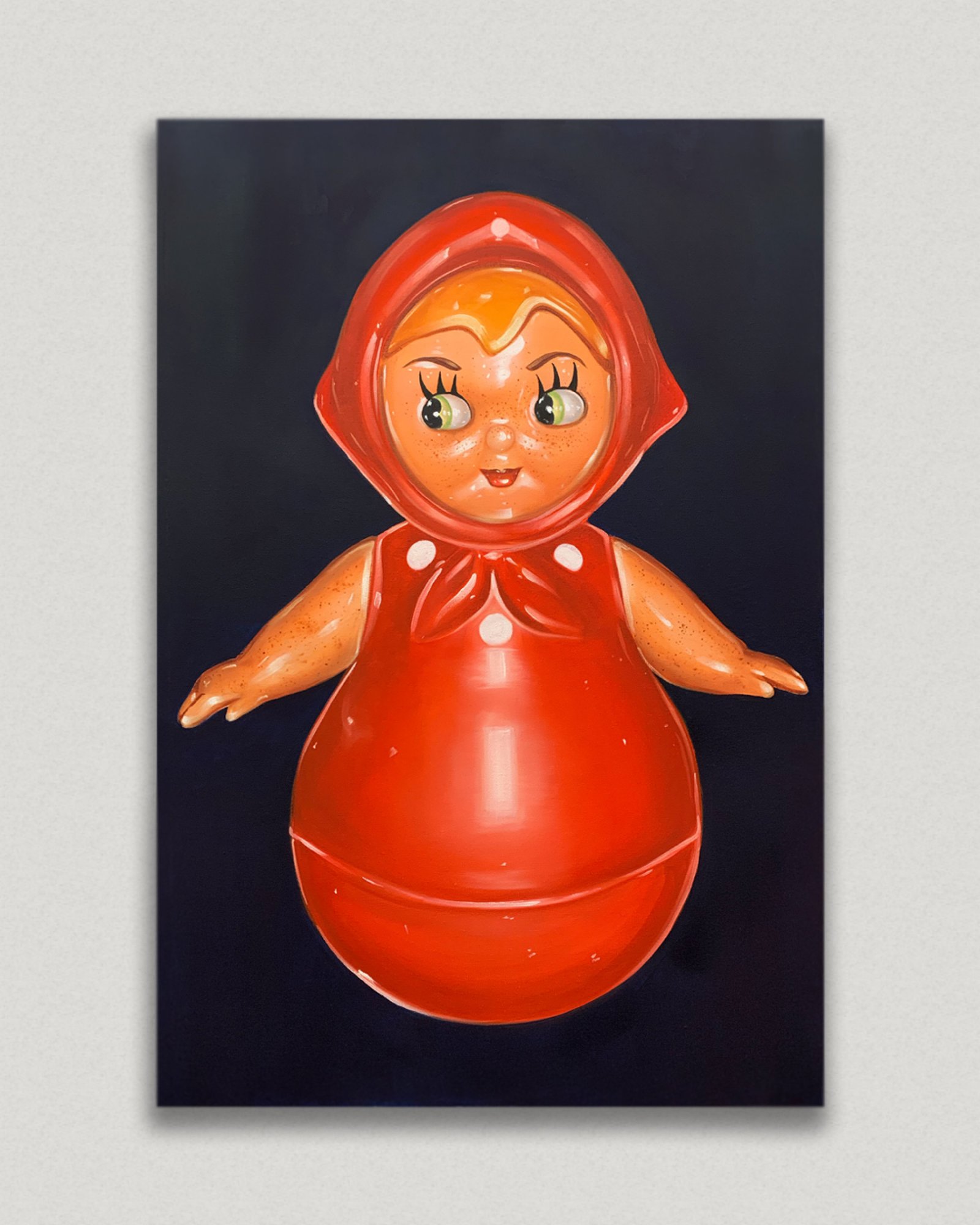 The Fool
The Fool
Nagieva, too, feels that her resilience and boundaries have improved since her experiences of having her work mishandled by galleries, empowered to choose fwho she works with. “I've learnt this the hard way and I refuse to work with galleries that don't cover insurance of pieces in transit and when at the gallery. These two experiences made me a lot more picky when working with galleries.” There is lasting anxiety, though, and these mishaps have made the artist more “precious” about her work: “I treat my paintings as my babies now and if I feel like the gallery doesn't really provide a safe and insured shipment option, I don't want to risk it at all. My work is a lot more precious and important to me than any seemingly great opportunity that requires me to overlook my boundaries in business.”
Even LUAP, who faced the most egregious type of criminal damage, followed by dismissive reactions from the exhibition organisers who removed the artist from a group chat, saying that his messages were “creating an unpleasant feeling” when what he needed was support, has drawn determination from the ordeal: “The message behind the bear — that softness should be protected — wasn’t just ignored by the person who slashed it. It was ignored by the people who were meant to stand behind it. It’s sharpened everything. I’m clearer than ever about what the work is for and who it is for. The destruction didn’t erase the message. It amplified it. It showed how fragile public care still is — how quickly meaning can be stolen, repackaged, erased. But it also proved the work is necessary. People reacted — violently, dismissively, sometimes supportively — because the work asked something of them. It held emotion in plain sight. I will keep making art that does that. I’ll keep placing care in public. I’ll keep insisting that vulnerability belongs out in the open. Even when it’s destroyed. Especially then.”
Smith simply ties the window open now.
Cover image: Deconstruction, Krzysztof Strzelecki, Cruising Fantasies
Verity Babbs is an art historian, presenter, and comedian from the UK. She hosts live art-themed comedy nights 'Art Laughs' which perform regularly at London's National Gallery, and she has appeared on BBC Radio 4 and BBC News. She has written for several arts publications including the Guardian, RA Magazine, Hyperallergic, and Artnet News, and has worked as a presenter for Tate, London Art Fair, and Elizabeth Xi Bauer gallery.

